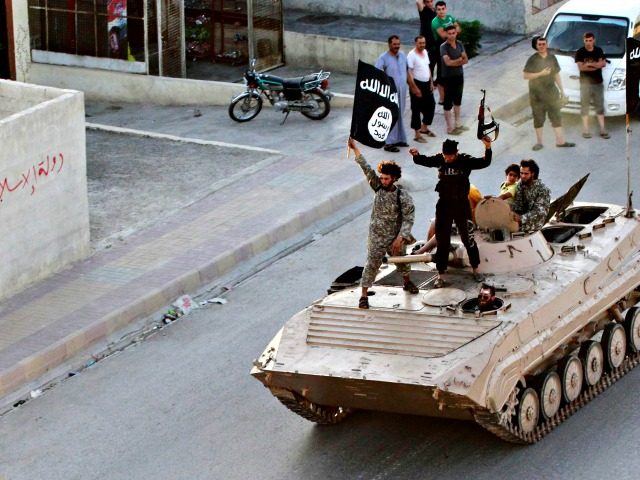The U.S. Department of State found that terrorists conducted attacks in over half the world’s countries, or 53 percent of the 195 recognized nation states, throughout 2016.
The findings were released in the State Department’s annual Country Reports on Terrorism last week and also found that it shows terrorist attacks have declined globally in 2016 compared to 2015.
The highest concentration of those attacks — or 55 percent — took place in Iraq, Afghanistan, India, Pakistan, and the Philippines, and 75 percent of deaths from terror attacks took place in Iraq, Afghanistan, Syria, Nigeria, and Pakistan.
“ISIS remained the most capable terrorist organization globally in 2016, directing and inspiring terror cells, networks, and individuals around the world, even as it faced increased military pressure in Iraq and Syria and suffered considerable territorial losses through the year,” Justin Siberell, Acting Coordinator for Counterterrorism at State, said at a press briefing on the annual report.
The report states: “ISIS continued to commit atrocities against groups in areas under its control, including Yezidis, Christians, Shia Muslims, Sunni Muslims, Kurds, and other groups.”
“We also faced a resilient al-Qaida and an Iranian regime that remained the leading state sponsor of terrorism,” Siberell said.
Siberell also spoke about the change of tactics used by terrorists to conduct attacks “at home” because travel to conflict zones has become more difficult. Siberell said:
As a result of its loss of territory and foreign terrorist fighters, attacks outside ISIS territorial strongholds in Iraq and Syria were an increasingly important part of ISIS’ 2016 terrorism campaign. ISIS dispatched operatives from Iraq and Syria to conduct attacks but also worked aggressively to inspire and encourage attacks by its followers to demonstrate continued strength and relevance.
“ISIS directed its followers to attack in their home countries rather than attempt to travel to the conflict zone, which itself is an acknowledgement of the more difficult environment faced by aspiring foreign terrorist fighters to access the conflict area,” Siberell said.
But al-Qaeda also remains a serious threat, Siberell said:
Al-Qaeda and its regional affiliates exploited the absence of credible and effective state institutions in a number of states and regions to remain a significant worldwide threat despite sustained pressure by the United States and its partners. Al-Qaeda in the Arabian Peninsula remained a significant threat to Yemen, the Gulf region, and the United States despite a number of key leadership losses as the ongoing conflict in Yemen hindered U.S. and partnered efforts to counter the group.
[The] al-Nusrah Front, al-Qaeda’s affiliate in Syria, continued to exploit ongoing armed conflict to maintain a territorial safe haven in parts of northwestern Syria.
And Iran continues to be the “foremost state sponsor” of terrorism in the world, supporting terrorist organizations outside of Iran, including Hizballah (which the State Department has designated as a foreign terrorist organization (FTO), Palestinian terrorist groups in Gaza, and various groups in Syria, Iraq, and throughout the Middle East, according to Siberell.
The Iranian regime also trains thousands of Hizballah terrorists inside its borders to be deployed elsewhere.
The report specifically cites radical Islam as a driver of terrorism around the globe.
“Although the drivers of radicalization to violence varied from country to country – and even within countries – a common thread through much of the terrorism observed in 2016 was adherence to violent extremist ideology put forth by a fundamentalist strain of Sunni Islam that perceives itself to be under attack by the West and in conflict with other branches of Islam,” the report says.

COMMENTS
Please let us know if you're having issues with commenting.